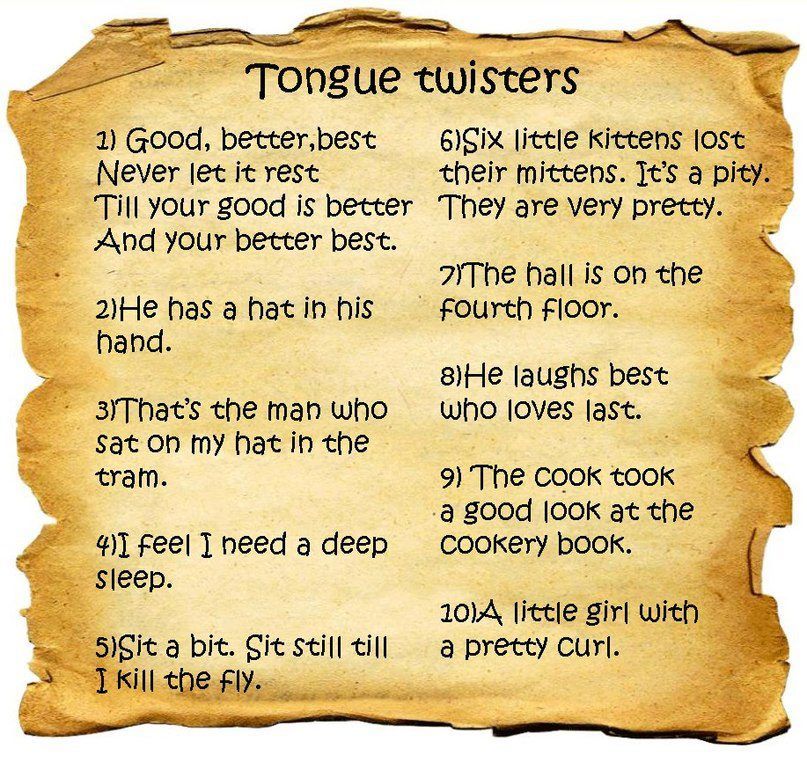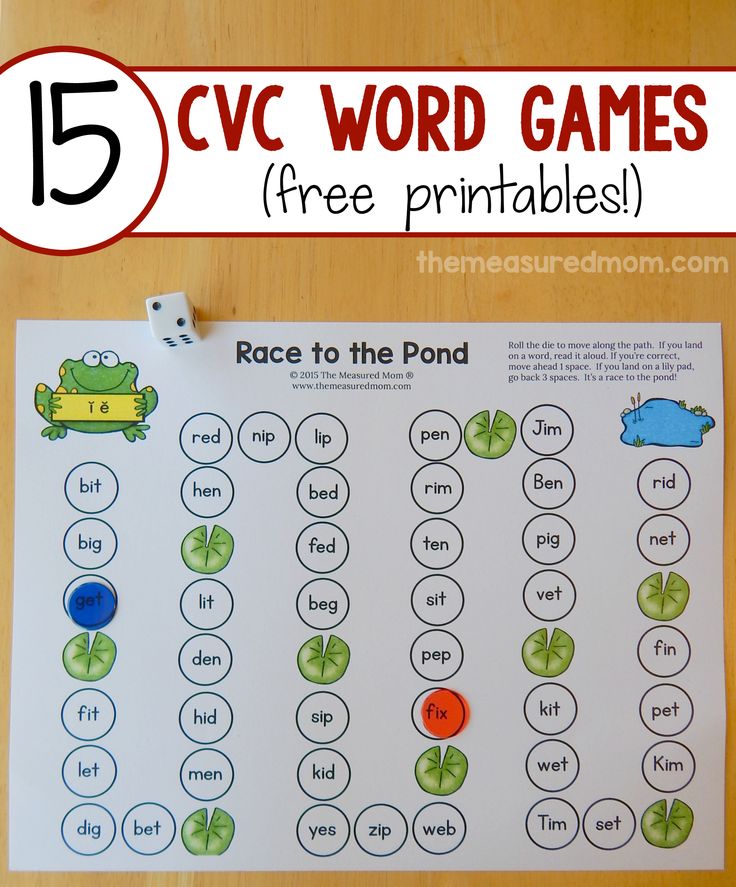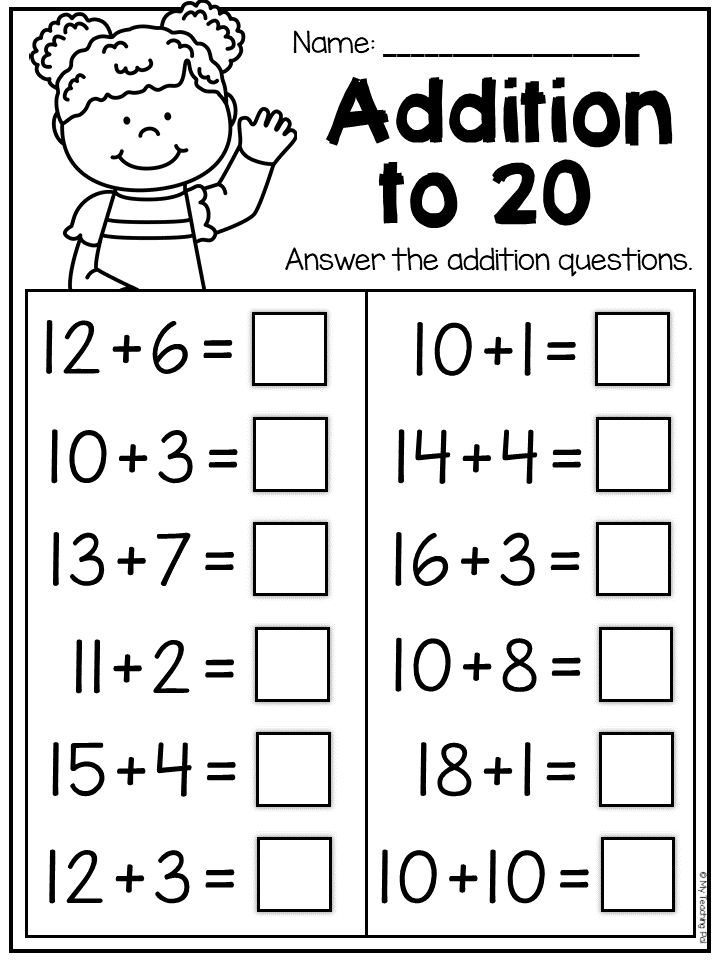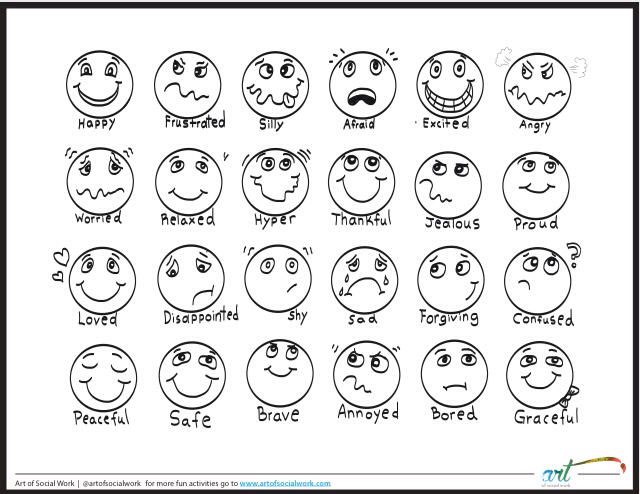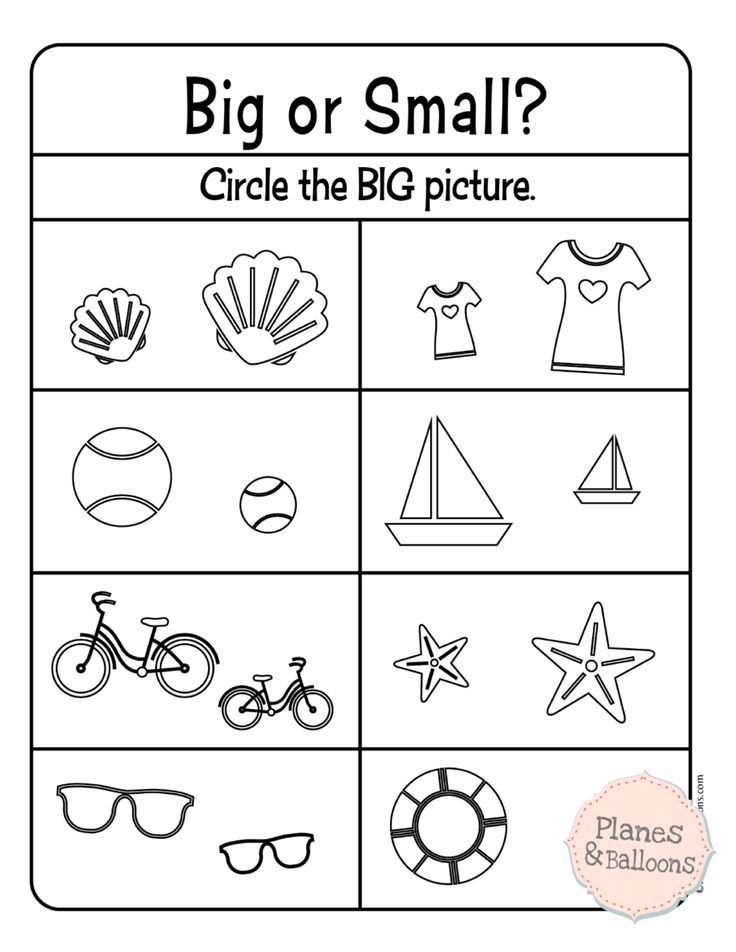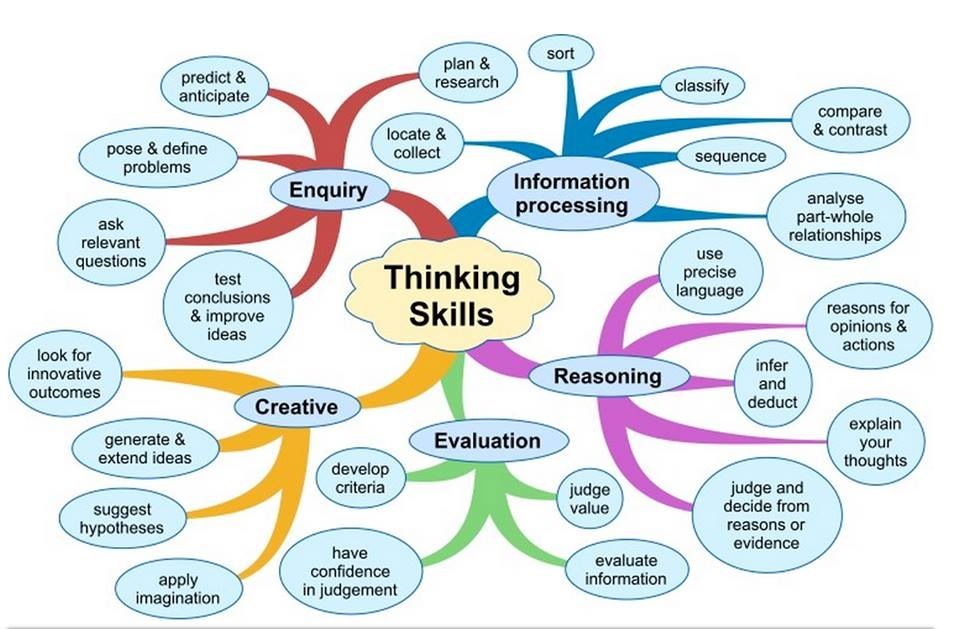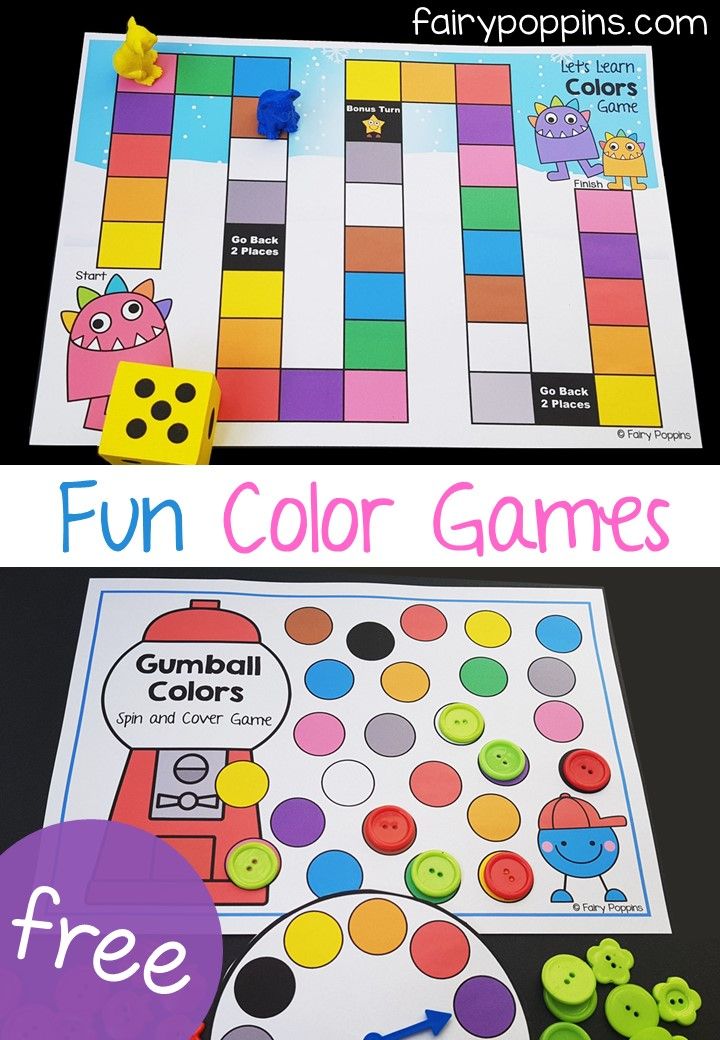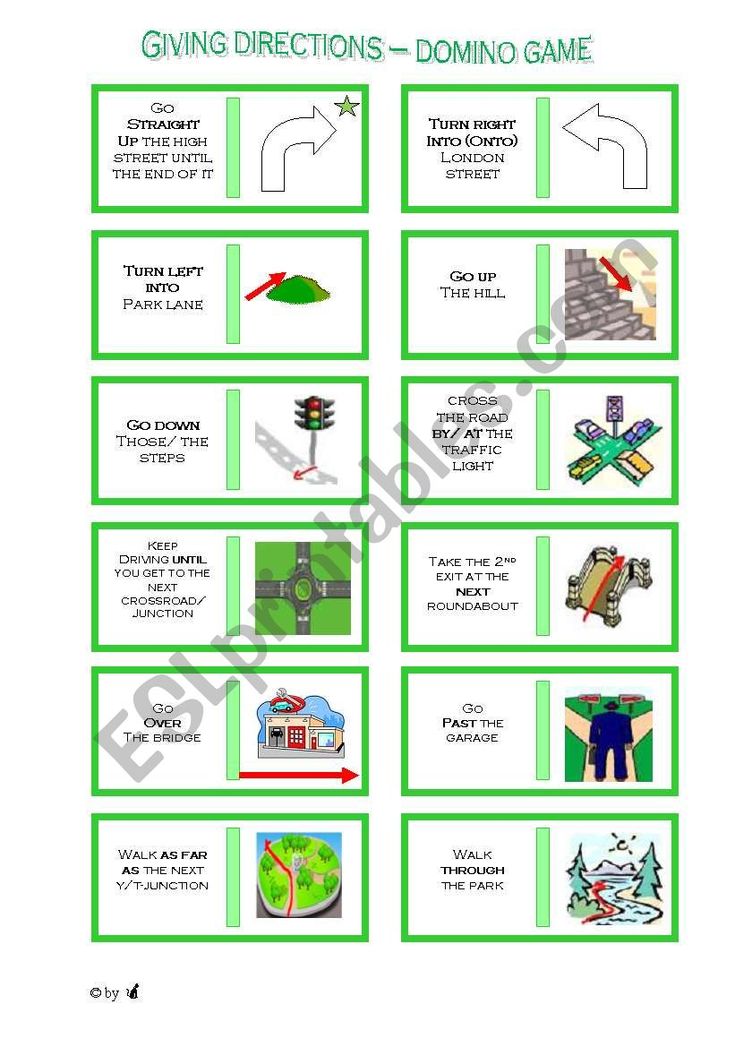Reading the tongue
How To Read Your Tongue: A TCM Healer Explains
What a normal tongue looks like.
A normal tongue coat is thin with a moist, light white coating, thinnest at its edges and thicker in the center but thickest at the base of the tongue.
Take a look at your tongue in the mirror and see if it fits this description. Really notice the details: Is it puffy or thin? Is it reddish, purplish, or pinkish? Are there deep cracks, small cracks, or no cracks at all? Is there a coating on it? Is the coating white or yellow? Try to scrape off the coating; does it go away or stay in place? According to TCM, all of this means something.
Advertisement
This ad is displayed using third party content and we do not control its accessibility features.
Common tongue signs and what they say about you.
Here are a few things your tongue reading can tell you about yourself. Again, if you suspect something is off, talk to your doctor or seek out a licensed, qualified Traditional Chinese Medicine practitioner for another opinion.
1.
Trembling tongue: Your energy levels could be off.
In some cases, a quivering or trembling tongue body can indicate a chronic condition2 that has drained the body's energy and caused some level of fatigue and tiredness. When the tongue has a puffy body with ridges on the side, it indicates that the body is so tired that the muscle of the tongue doesn't have adequate energy to hold itself in place, so it's super relaxed in the mouth, taking the shape of the teeth. A quivering tongue can also be a symptom of stress3, or a side effect of medication.
Advertisement
This ad is displayed using third party content and we do not control its accessibility features.
2.
Greasy coating on tongue: Your diet could be causing problems.
The coating on the tongue indicates the body's level of hydration. When the body isn't hydrated, the tongue immediately looks and feels dry. Other signs of dehydration4 include diarrhea and constipation, upset stomach, headache, insomnia, vivid dreams, hot flashes, dry skin, thirst, heartburn, or hunger.
In TCM, a thick yellow coating right in the center of the tongue also means your body is dehydrated and can't properly digest your food. You may have some of the following symptoms: body heat, sweating, body odor, yellow urine, or constipation.
If your tongue has a thick, greasy coating, on the other hand, it is an indicator that your body has lots of dampness and fluid. It could be a sign you are consuming too many greasy foods that aren't right for you.
An uneven coating indicates an issue with hydration in your stomach and liver. You may suffer from symptoms such as heartburn, stomach pain, interrupted sleep, vivid dreams, or dry skin.
3.
Discolored tongue: You could have problems with blood flow.
If a tongue is really red, it could indicate that your body is holding onto excess heat. If a tongue is pale, it indicates that the body might not have enough heat to fuel proper digestion, energy, and blood flow. This may lead to a lack of energy, shortness of breath, or sluggish bowel movement.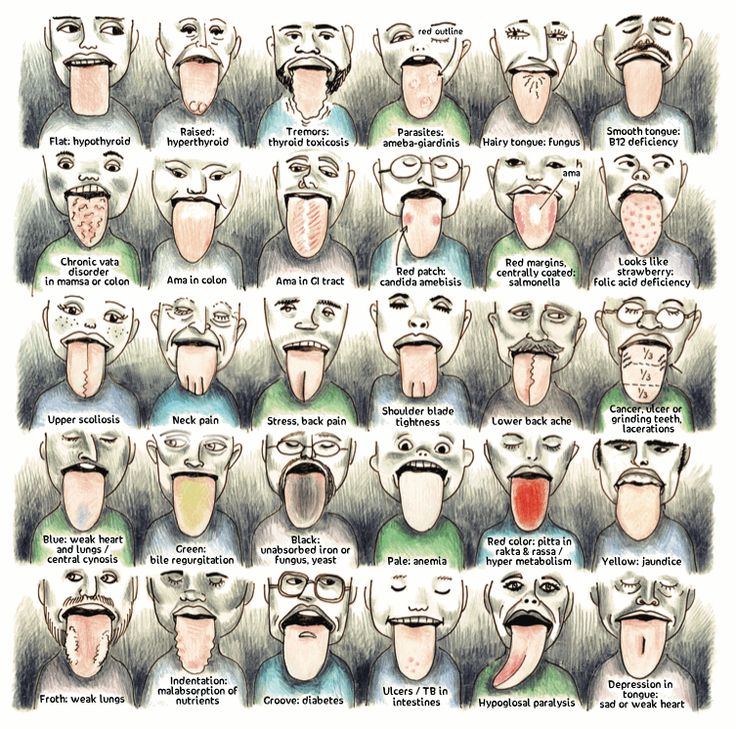
If a tongue is purplish or darkish, it signals a lack of proper blood circulation and could indicate disorders such as rheumatoid arthritis, according to a study in the African Journal of Traditional, Complementary, and Alternative Medicines.5
Advertisement
This ad is displayed using third party content and we do not control its accessibility features.
4.
Dry or damp tongue: Could mean a variety of things.
Some diseases or illnesses leave a permanent effect on the tongue. If a tongue is a darker red or crimson color it can indicate internal injury, for example. In the elderly, energy and blood deficiencies are more common, so the tongue may present with dryness and cracks. Overweight people may have more damp and/or phlegm6, and, therefore, their tongues may be larger and lighter in color. Thinner people tend more towards redder tongues.
The bottom line.
Your tongue can give you hints about what your body needs in any given moment, be it more water or rest.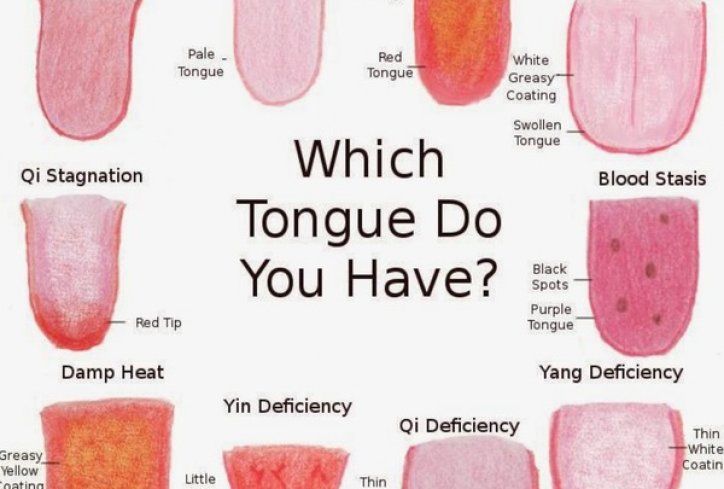 But while the tongue is an important diagnostic tool in TCM, it should not replace a doctor's visit. If your tongue reading signals a problem that tracks with how your body feels, be sure to consult a medical professional.
But while the tongue is an important diagnostic tool in TCM, it should not replace a doctor's visit. If your tongue reading signals a problem that tracks with how your body feels, be sure to consult a medical professional.
Advertisement
This ad is displayed using third party content and we do not control its accessibility features.
What is tongue diagnosis in Chinese Medicine?
Home » Articles » Chinese Medicine »
by Dr Jason Chong (Traditional East Asian Medicine Physician)
For a practitioner of Chinese Medicine, tongue diagnosis is a fundamental diagnostic tool.
The tongue reflects the material state of our body. Especially we can check the condition of blood and body fluids. It reveals information about the chronicity and severity of a particular pathology.
We take the findings from the diagnosis of the tongue in the context of all diagnostic methods. Together they help determine the state of balance of Qi / Blood / Yin / Yang within the patient.
What is the tongue map?
Different regions of the tongue represent a different organ system. Abnormal findings in each region show the dysfunction of the related organ system. The Chinese Medicine tongue map is similar to that in ancient Greek medicine as practised by Hippocrates.
In East Asian Medicine the body can be viewed as three jiaos or regions of the body.
Lower JiaoThe back of the tongue corresponds to the Kidney, Bladder, Large and Small Intestine.
Middle JiaoThe sides of the tongue correspond to the Liver and Gall Bladder. The middle of the tongue corresponds to the Stomach and Spleen.
Upper JiaoThe front of the tongue relates to the Lung, the tip to the Heart.
What should a normal tongue look like?
The normal body colour should be pale red. The body should be soft, with a flexible body which is evenly shaped. It should be moist and bright with a thin white and clear coat.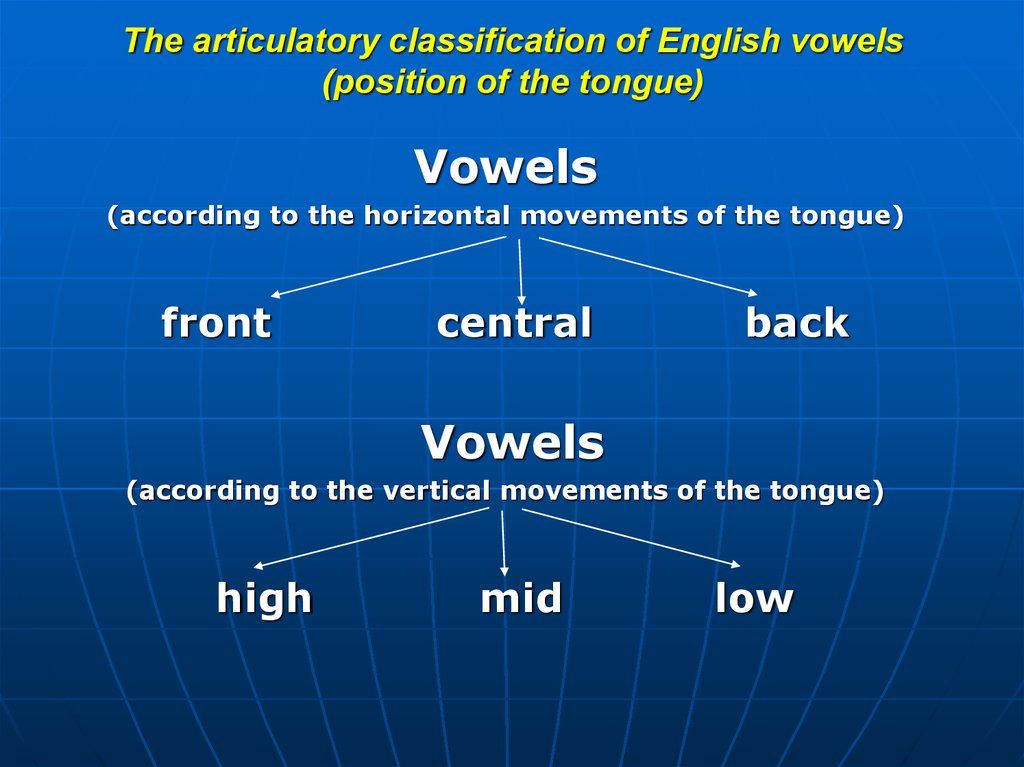
What does an acupuncturist look at when making a diagnosis of the tongue?
When practising Chinese tongue diagnosis, we focus on three primary characteristics: body colour, body shape and coating/moisture.
Tongue colour
Refers to the colour of the flesh of tongue itself. It reflects the internal condition, not affected by temporary emotional or physical factors.
Some colours we may observe include:
- Red: indicating the presence of heat
- Pale: indicating a lack of Blood or Yang energies
- Purple: indicating a lack of healthy circulation of Blood
Tongue Shape
The normal tongue shape is moderate, neither too thin nor too swollen. It is soft and supple and tapers toward the tip. It has an unbroken surface and can extend easily.
The tongue shape reflects the state of Yin substances such as blood and fluids in the body. Examination of the tongue shape involves observing the consistency, texture and mobility.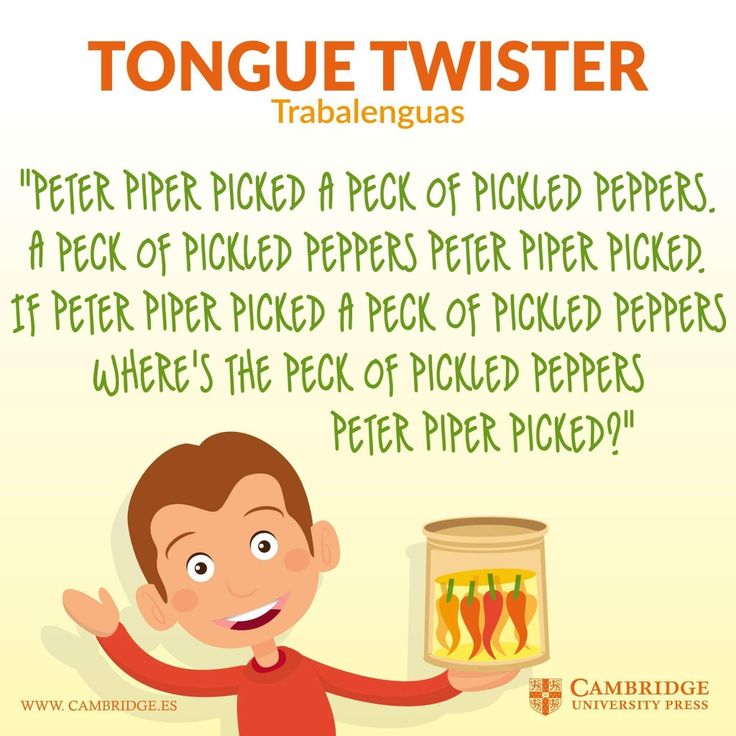
When observing the tongue shape, the findings contextualised by the tongue body colour.
The tongue shape changes with persistent pathology. This means we can get information about the severity and chronicity of the pathology.
Some observations we may make regarding the shape of the body of the tongue include:
- Thin: indicates that the Blood or fluids are insufficient in the body
- Swollen: indicates that fluids are accumulating and not circulating freely
- Long: indicating heat
- Cracks in the body: indicating damage to the fluids and Yin aspects of the body
- Swollen or purple sublingual veins: indicating fluids or Blood is not circulating well
Complimentary 15 Minute Consultation (value $25)*
Do you experience pain or struggle to find the energy for your busy schedule?
Is finding the time for relaxation difficult, leaving you feeling lethargic and stuck?
Would you like to find out how Chinese Medicine can help you reclaim your health and vitality?
You are invited to reach out and arrange a no-obligation, 15-minute phone call to discuss how Chinese Medicine can help you.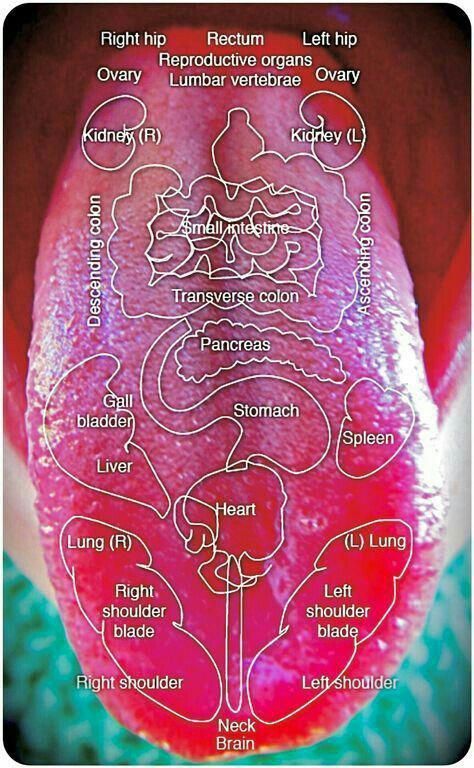
Apply now
*(T&Cs – this complimentary consultation is only available to new clients)
Tongue Coating
The tongue coat is a by-product of digestion. Turbidity ascends to the tongue, where it rests and forms a tongue coating.
The coating reflects the strength of the digestive function (Stomach Qi). It also reflects the presence of pathogenic factors and the condition of the fluids in the body. By observing changes in the tongue coating, we can track the progress and depth of disease.
When examining the tongue coat, we observe the quantity, colour, moisture, quality and distribution.
A normal tongue coat should be thin, translucent white and slightly moist. Variations reflect the state of our internal organs, the status of fluids, and the presence of pathogenic factors.
Scraping of the tongue is a common practice; ensure you are not doing this before a consultation. It is an Ayurvedic practice to scrape the tongue first thing in the morning to improve health.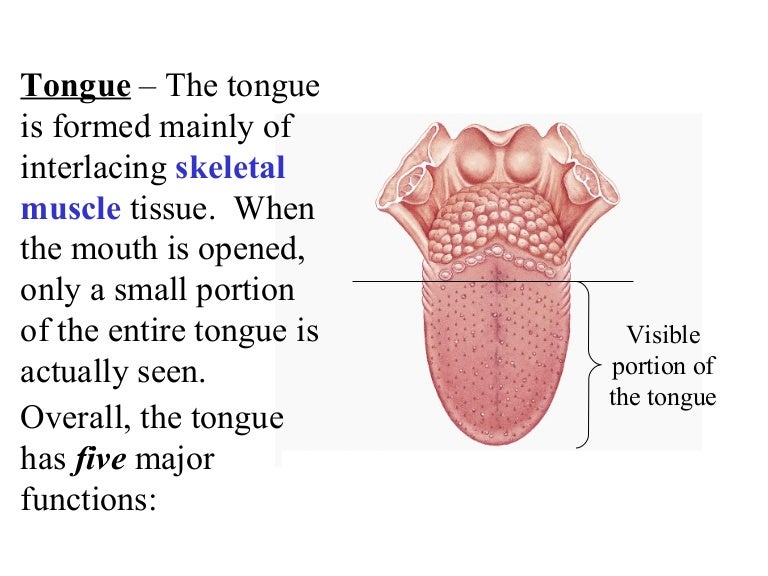 In modern-day, it is often also practised as a cosmetic routine and to keep the breath fresh.
In modern-day, it is often also practised as a cosmetic routine and to keep the breath fresh.
Some descriptions used for the tongue coat include:
- Thick: indicates the presence of pathogenic factors
- Thin: indicates damage to fluids and Yin substances
- White: the presence of cold
- Yellow: the presence of heat
- Wet: fluids not circulating properly
- Dry: damage to fluids
Self-diagnosis
It can be an interesting exercise to monitor your own tongue. Check it first thing in the morning to ensure it is not tainted by foods etc you have consumed. You can monitor the effects of certain dietary or lifestyle changes.
Remember that it is one tool of diagnosis. A complete picture of your health involves bringing multiple pieces of information together to obtain an accurate diagnosis. Only then can a proper treatment plan be developed to help you reclaim health and restore vitality.
What else would you like to know?
Thanks for reading this far.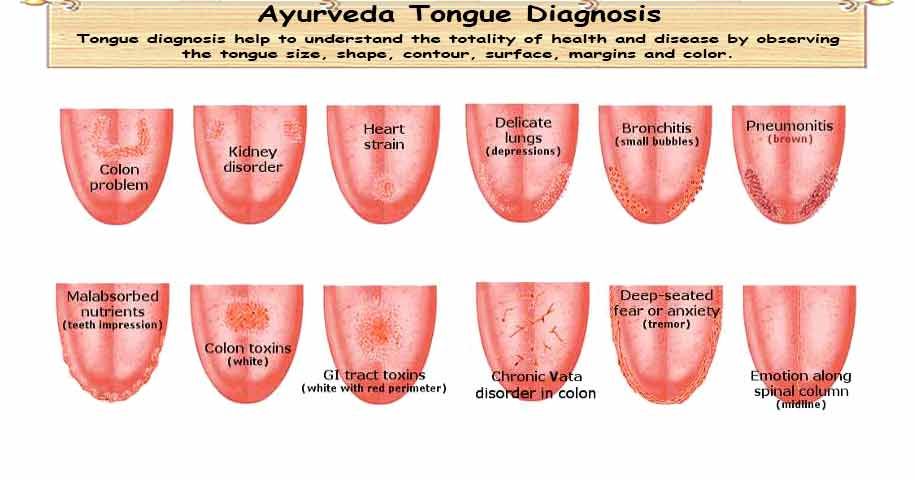 Have I missed your question? Was something unclear? Let me know in the comments below, I read and respond to everyone!
Have I missed your question? Was something unclear? Let me know in the comments below, I read and respond to everyone!
Dr Jason Chong (Traditional East Asian Medicine Physician)
Traditional East Asian Medicine Physician. Educator.
Jason is the owner and principal practitioner at Dantian Health, providing consultations for Classical Chinese Herbal Medicine and Japanese Acupuncture in Melbourne, Australia.
He is a qualified acupuncture physician, Classical Chinese herbal medicine clinician, shiatsu practitioner and tuina therapist, Oriental therapies educator and director at the Australian Shiatsu College.
Jason's qualifications include:
- Bachelors degree in Health Science (Chinese Medicine) from Southern School of Natural Therapies
- Diploma in Chinese Remedial Massage (AnMo TuiNa) from Southern School of Natural Therapies
- Diploma in Shiatsu and Oriental Therapies from Australian Shiatsu College
- Diplomate in Canonical Chinese Medicine from Institute of Classics in East Asian Medicine
- Certificate Traditional Japanese Moxibustion Therapy
- Certificate IV in Training and Assessment
Share with friends
Reading in the original language.
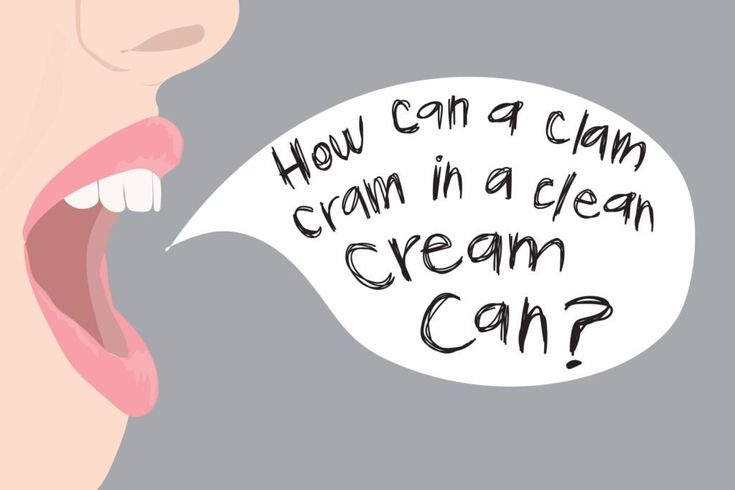 How to choose your first book in the original language - and read it to the end
How to choose your first book in the original language - and read it to the end About myself, I can say that I treat reading in general with great tenderness, and rest without a book in my hands is no rest for me. But at the same time, I began to read books in English only closer to my thirty. And it’s not that I was somehow especially monstrous with English - no. It's just that in choosing to read my first book in the original language, I seem to have managed to make every possible mistake.
Error one
At the school (of which I can only say good things to this day) as extracurricular reading in English classes, students were consistently offered either the textbook “Alice in Wonderland“ (in the original “Alice's Adventures in Wonderland“ by Lewis Carroll), or "Murder on the steamer "Karnak"" (aka "Death on the Nile", in the original "Death on the Nile" by Agatha Christie).
Real books in English, not adaptations, original! Personally, I was overwhelmed with delight and inspiration.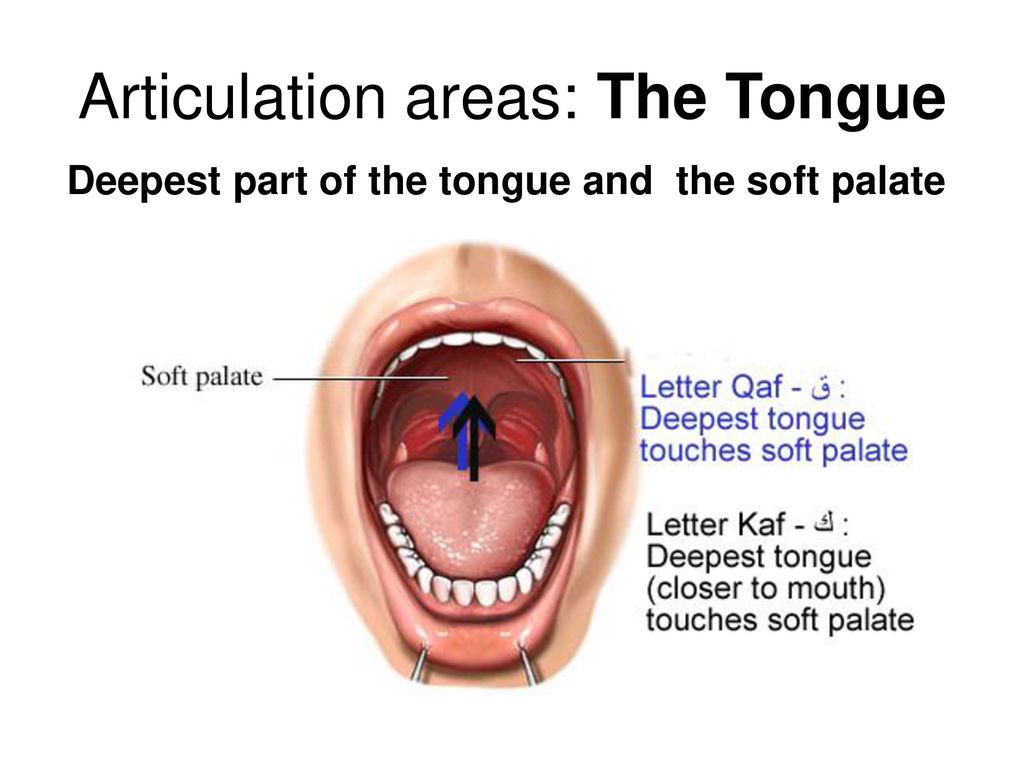 But, unfortunately, only at first. Because “Alice”, in my subjective opinion, is, in principle, difficult to read without detailed and intelligible notes and an explanation of a host of cultural allusions.
But, unfortunately, only at first. Because “Alice”, in my subjective opinion, is, in principle, difficult to read without detailed and intelligible notes and an explanation of a host of cultural allusions.
And the famous detective story “Death on the Nile” was familiar to me in Russian, and at the age of fifteen I personally found it rather boring. And no exhortations of teachers could not make me then read it to the end. The conclusion is as follows: no matter how trite it may sound , when choosing the first book to read in the original language, one should be guided by one's personal taste. The advice of teachers, senior comrades, just relatives and acquaintances, wiser by experience - all this, of course, is wonderful. But not in this particular case. Choose the book you want, period.
And, by the way, when much later I got to Agatha Christie again, I found among the available editions “Endless Night“ (in the original “Endless Night“), which I am now ready to re-read many times.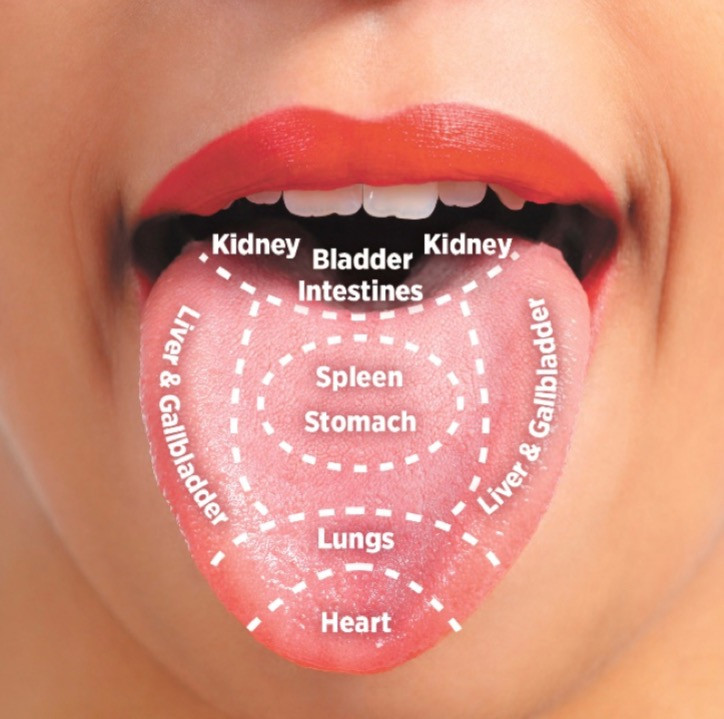 About this wonderful detective story - and several more, no less wonderful, are described in the article “Reading in the original language. Novels of Agatha Christie.
About this wonderful detective story - and several more, no less wonderful, are described in the article “Reading in the original language. Novels of Agatha Christie.
Second error
So, you have chosen the most interesting, in your opinion, option. But don't rush! Because it is at this moment that my second mistake lies in wait for you - to choose a book in the original language that does not correspond to your current level of knowledge of the language.
One day I found To Kill a Mockingbird (originally “To Kill a Mockingbird“ by Harper Lee) on sale, swept it off the shelf and, smiling as hard as I could, carried it to the checkout. And then I opened the book. And read the first few pages. However, it could hardly be called reading. Because from the entire text, I was able to clearly identify pronouns, prepositions, and one single word - Alabama. As a result, the unread "To Kill a Mockingbird" sits on the shelf today, reminding me of my own arrogance.
The conclusion suggests itself: choose a book that matches your level of knowledge of the language.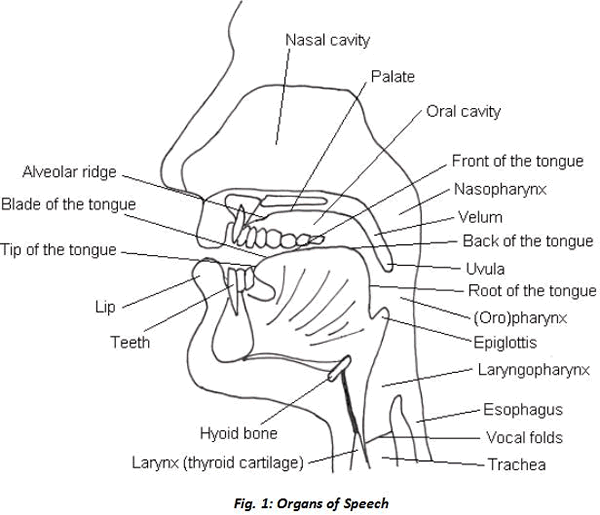 Ideally, 50 to 80% of the words should be understandable.
Ideally, 50 to 80% of the words should be understandable.
Error three
I started reading English books exclusively with a dictionary. My very first adapted book in English was “Snow White and the Seven Dwarfs“ (in the original “Snow White and the Seven Dwarfs“, the Brothers Grimm`s tale), in which the magic mirror always answered the evil queen-stepmother:
“Thou, O Queen, art the fairest of all!”.
There is not only a dictionary here, a glossary was needed here! And for quite a long time I was fully convinced that to read books in the original language correctly meant to be surrounded by dictionaries on all sides and conscientiously write out unfamiliar words from the text. As a result, I did not move beyond the fifth page of a freshly selected book - a long list of incomprehensible words demotivated me tightly. And the very first collection of stories by Somerset Maugham I bought put me in a state resembling a stupor.
But don't despair! Yes, reading with a dictionary is a useful method in every way. But he's not the only one. Back in 1929, the outstanding linguist Lev Vladimirovich Shcherba wrote in his book “How to Learn Foreign Languages”: “You need to look into the dictionary less and less, trying to replace the dictionary with a guess. It is highly recommended to switch to using a monolingual (explanatory) dictionary, i.e. a dictionary where there are no translations, and where the explanations of words are given in the same foreign language. The purpose of such reading is to imperceptibly expand the student's vocabulary and phraseology by repeating words and phrases in living contexts. At the same time, it is quite obvious that everything most frequently encountered in the language will be repeated and that in this way the selection of everything most necessary and important will be made by itself. This also shows that success will depend on the amount of reading” (M.: Gosizdat, 1929. - 54 p.).
But he's not the only one. Back in 1929, the outstanding linguist Lev Vladimirovich Shcherba wrote in his book “How to Learn Foreign Languages”: “You need to look into the dictionary less and less, trying to replace the dictionary with a guess. It is highly recommended to switch to using a monolingual (explanatory) dictionary, i.e. a dictionary where there are no translations, and where the explanations of words are given in the same foreign language. The purpose of such reading is to imperceptibly expand the student's vocabulary and phraseology by repeating words and phrases in living contexts. At the same time, it is quite obvious that everything most frequently encountered in the language will be repeated and that in this way the selection of everything most necessary and important will be made by itself. This also shows that success will depend on the amount of reading” (M.: Gosizdat, 1929. - 54 p.).
Yes, at first it will be difficult and slow. But if you silence your inner perfectionist and sacrifice the completeness of understanding the text, then pretty soon you yourself will be surprised and delighted with the result.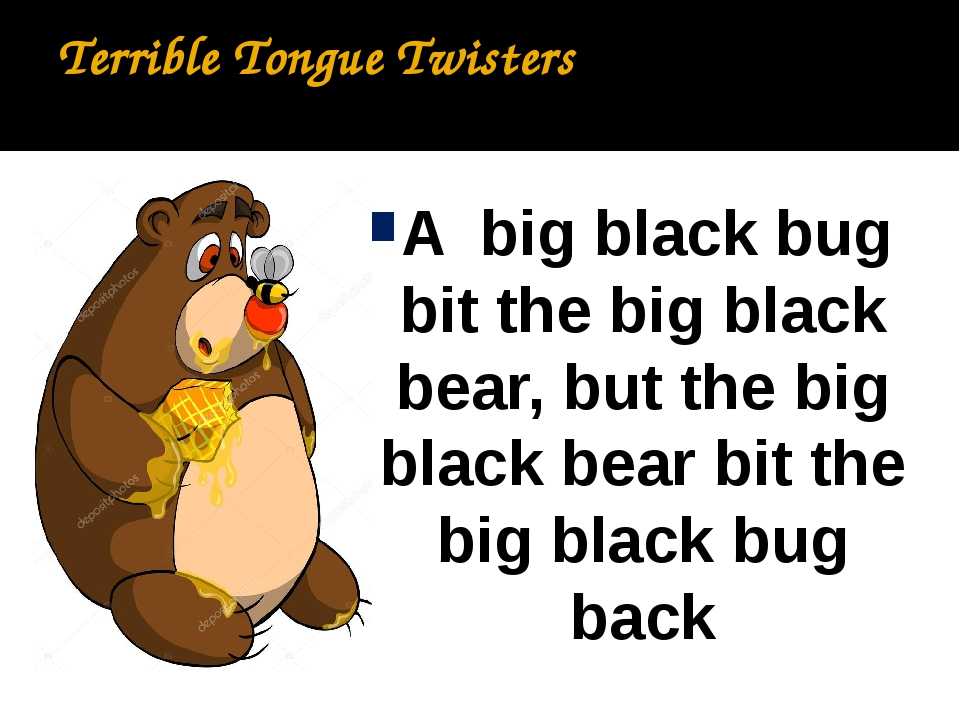
In this case, it will also be useful to choose a book in the text of which you are already well versed in Russian.
My first book that I read from beginning to end was Bridget Jones's Diary (in the original ”Bridget Jones’s Diary” by Helen Fielding), which by that time I knew almost by heart in Russian in places. And it worked - in almost every paragraph I either understood what was being said or guessed. But all this, unfortunately, did not save me from mistake number 4.
Fourth error
If someone asks me what is my worst nightmare as a lover of reading in English, then I will instantly turn into Buridan's donkey. Because it is impossible to choose between slang and author's spelling! The incomprehensible “fag” in the already mentioned “Bridget Jones’s Diary” confused me for a long time, to put it mildly, but these were still flowers. The berries showed up in Cat on a Hot Tin Roof (originally Cat on a Hot Tin Roof is a play by Tennessee Williams), when various 'I'm askin' you, God damn it!' ”, ”me an’ Big Mama”, ”an’ half that stuff is mildewin’ in th’ basement” and ”Y’know” my right eye began to twitch finely.
Such books are certainly good and extremely useful in their own way, but still I would not recommend them as the first book to read in the original language.
And, finally, the fifth error
Of course, I do not consider my personal experience to be universal. I think this is a mistake: in principle, to expect some kind of magic manual that will warn against any wrong actions. We are all different, and advice that is useful to one may seem ridiculous and obsessive moralizing to another.
But there is one rule that works exactly: quantity always turns into quality.
Therefore, read on! Morning and evening, night and day, at breakfast with mouth-watering pancakes, in a trembling subway car, sitting in a soft comfortable chair or even not very comfortable - read on! And may books, good and different, bring you many language joys.
-
Main course: English
4,500 RUB Buy -
English for beginners
10,500 RUB Buy -
Fundamentals of Translation (Eng)
15,900 RUB Buy
Related tags: English reading in the original language
Reading in the original language without a dictionary: a new old method for the lazy in a good way
The coveted book in the original language - brand new, delicious smelling, fresh from the store shelf, or from the library shelf - is it a synonym for unalloyed happiness? If! Included with this joy, according to tradition, is a pood dictionary, one look of which can cause melancholy at the genetic level.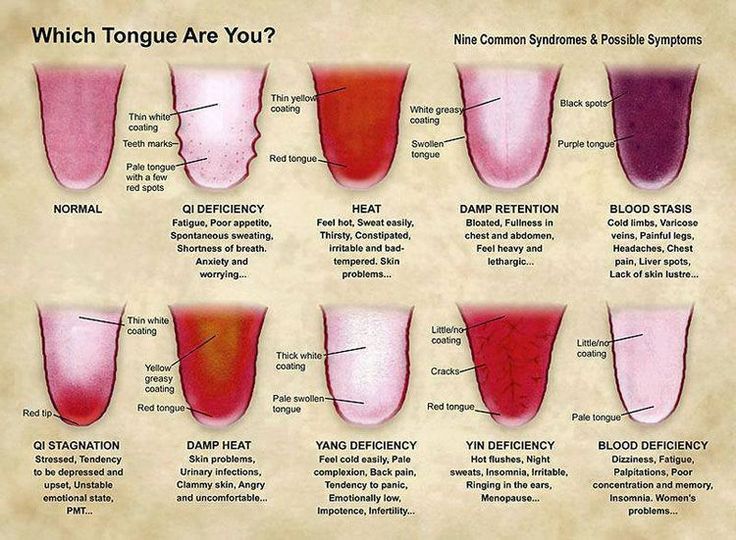 Or an online translator - dull and sterile.
Or an online translator - dull and sterile.
And now the book flaunts on the shelf again - until the hypothetical better times ... Familiar, right? But do not rush to despair - there is a way out: reading in the original language without a dictionary.
How is it to read without a dictionary?
Russian and Soviet linguist Lev Vladimirovich Shcherba advised back in 1929 not to rely on a dictionary, but to try as much as possible to “replace the dictionary with a guess” (the book “How to study foreign languages”, Moscow: Gosizdat, 1929. - 54 p.). In this case, the reader will safely learn the meaning of an unfamiliar word from the context of the narrative. As a result, the most frequently occurring words and phrases are repeated many times and in different contexts, and the reader's vocabulary grows. And yes, this is the case when the quantity (read) turns into quality.
How to read without a dictionary correctly?
There are several points in this process that it is desirable to pay attention to:
- Trite, but true.
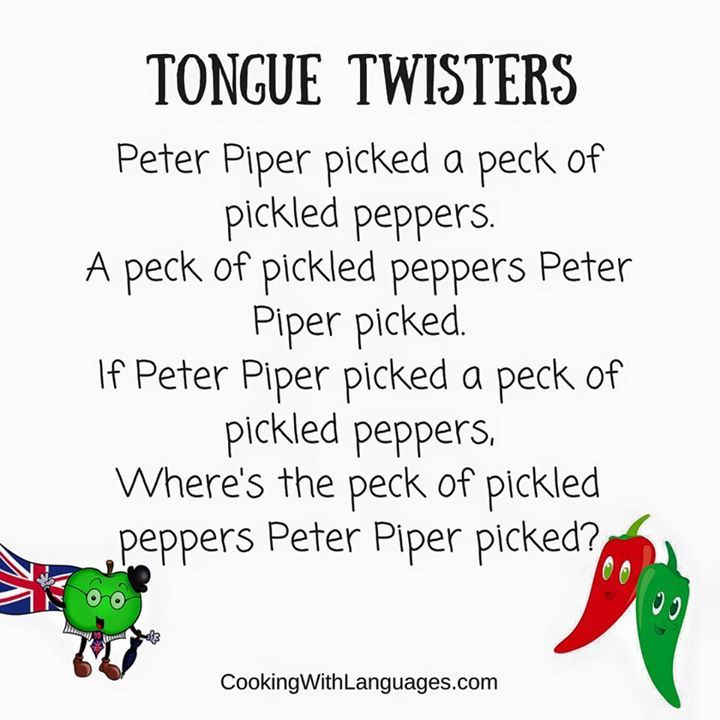 The book should more or less correspond to your current level of language proficiency. That is, it is very desirable that 50-70% of the words are still recognizable.
The book should more or less correspond to your current level of language proficiency. That is, it is very desirable that 50-70% of the words are still recognizable. - Well, if you have / had the opportunity to pre-read this book in Russian - then our task of "guessing" is simplified.
- It is better to start right away with some voluminous fragment - several sheets or a chapter, and not a small paragraph or quatrain. And read (preferably without significant interruptions) the entire fragment at once.
- And now the most important thing is not to panic! Have you read a chapter and feel like you didn't understand anything - or almost anything? This is completely normal. Everybody falls the first time. (c) This happens to everyone - after all, you read your fragment for the very first time.
- Read the passage a second time. Maybe after the break. And then - in the third. And after the third time, you will really understand in the text, if not all, then most of it.

Please be patient
From my own experience, I can honestly say that it is not easy at first. It is morally difficult to give up such familiar support in the face of a dictionary. And somehow I do not really believe in the result. And it's also very tiring.
When I was tearing through the pages of my first book in English that I read to the end, I constantly had the feeling that I was chopping wood. Or load the piano. And in one person, yes. And no miraculous insight and entry into the text after the first chapter I read happened to me. And after the second chapter. And after the tenth too. I put the book down. Then she picked it up again. And so a lot of time passed.
But somewhere in the second half of the book things got easier. If at first I sat over the page with such an expression on my face, as if I had been hit on the head with a dusty bag from around the corner, for two days, then towards the end of the book - only one day. I still stumbled over sentences in which there were more than half of unfamiliar words, but I stopped being afraid of them, and timidly tried to get at least some idea from the surrounding sentences of what, in fact, they were talking about.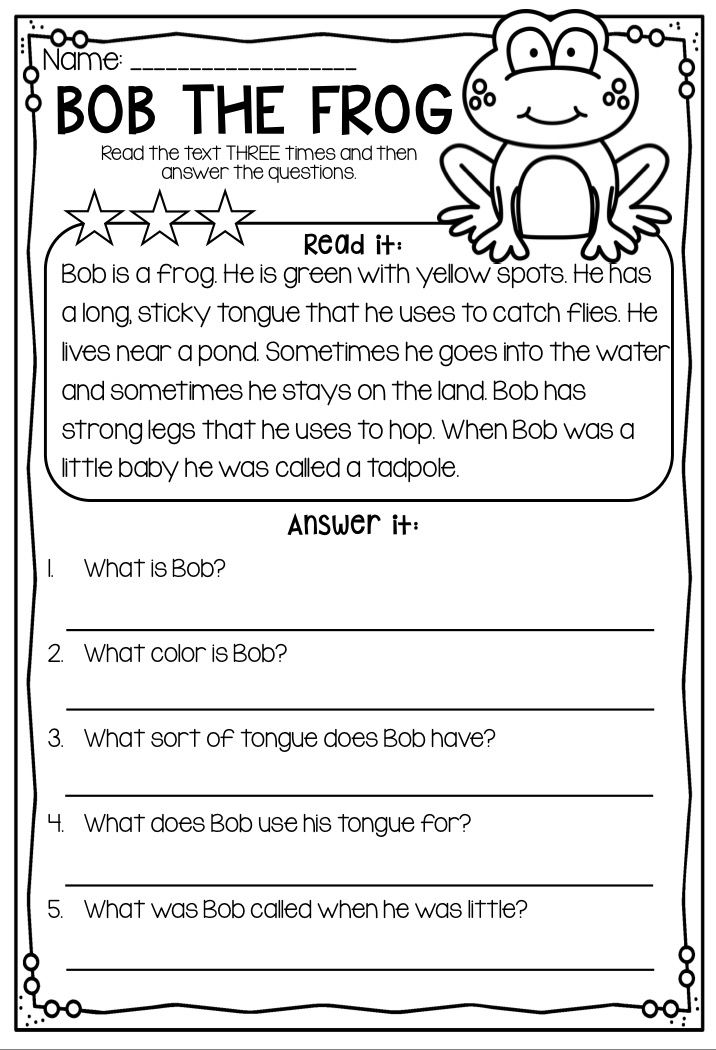 And if it didn’t work out – and it didn’t work out often – then just read on.
And if it didn’t work out – and it didn’t work out often – then just read on.
When my first book was finally finished, I honestly sighed with relief. But the very next week I found myself in a bookstore with the next book in my hands.
Reading without a dictionary:
Pros…
- In a relatively short period of time you will be able to master a substantial amount of information. And at the same time be too lazy locally - save energy on using the dictionary.
- You will improve your context translation skills. What can not but rejoice in the presence of any level of knowledge of the language. Because even a happy owner of C1 or C2 (or even an inhumanly experienced simultaneous interpreter with a brilliant education) cannot know absolutely everything. Sooner or later, you will come across an unfamiliar word / turn, but, taught by the experience of reading without a dictionary, this will not bother you.
- These were objective pluses, but here is another subjective one from me personally - from reading without a dictionary, it clears up a lot in my head.
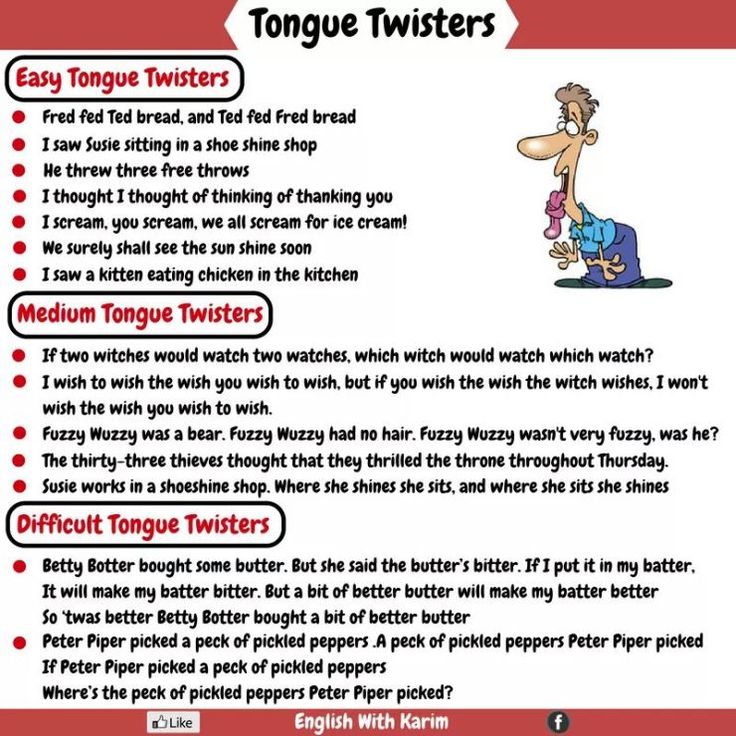 With a creak and rattle, but the thought process goes on, and the state of health improves. And the mood improves too.
With a creak and rattle, but the thought process goes on, and the state of health improves. And the mood improves too.
…and cons
- This method is not universal. The same Lev Vladimirovich Shcherba honestly focused on the fact that it is suitable mainly for the happy reading of fiction. But in the case of narrow-profile vocabulary, everything is not so lyrical. And if you (and you, for example, are not a chemist at all) suddenly come across a text, again, for example, about the process of calendering under industrial conditions, then the context will not help you, and even the word “calender” will not save you. And Avi Iver writes very well about specific professional vocabulary in his article “English for IT people”
- Again, it's not easy. It will take time. And patience too. And the productivity of this method becomes obvious not immediately.
- After reading a book without a dictionary, you don't have a clear and intelligible translation of this very book in your head.
